New Australian modular seating brand, Knotte, has collaborated with Melbourne designer, Joanne Odisho, to develop its latest range, Almas. We asked her to tell us more.
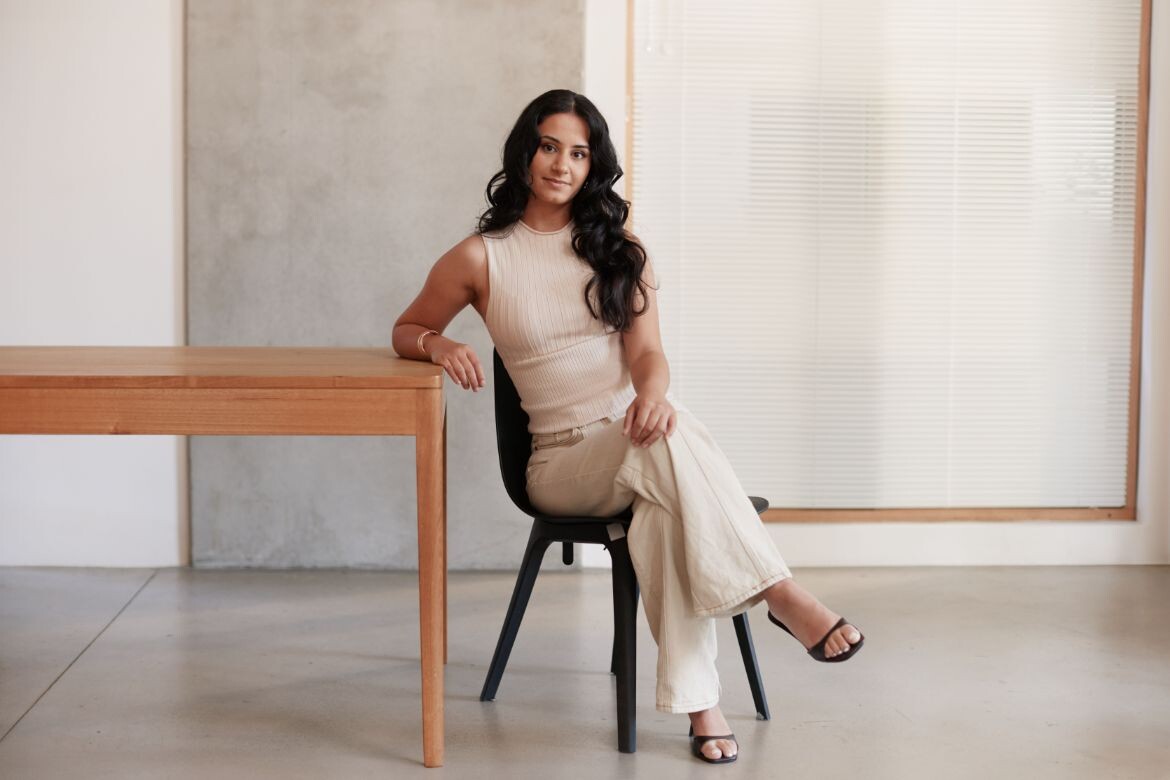
July 16th, 2025
[Timothy Alouani-Roby] We see many architects and interior designers trying their hand at furniture or object design, but you specifically studied furniture design at RMIT. Have you always had a particular passion for furniture?
[Joanne Odisho] Absolutely. I’ve always been fascinated by how thoughtful design can bring a space to life, how form, texture, and colour work together to create a cohesive interior. After completing my studies in Interior Design, I found myself becoming more and more drawn to the individual objects that populate a space. Furniture design offered a creative freedom that felt quite liberating. It was free from the typical client brief or spatial constraints and allowed me to focus on expression and form while still maintaining a deep connection to the environment the object would live in. My background in interiors has definitely influenced how I design furniture, always with consideration for how the piece interacts within a broader context.
What drew you to collaborating with Knotte?
Collaborating with Knotte was an exciting opportunity to take my designs beyond one-off, handmade pieces and into large-scale production, which was completely new to me. What really drew me in were the values that underpin the company. Sustainability is a huge focus in my practice, so knowing that Knotte’s products are made locally in Sydney, with a clear commitment to ethical production, was a big win. I was also impressed by their Life Extension Program, which offers refurbishment and re-certification of their lounges, prolonging product life in a meaningful way. The design brief itself was equally compelling. Aside from designing a modular sofa, there were no strict limitations, which gave me a level of creative freedom you don’t often get to experience in collaborative settings.
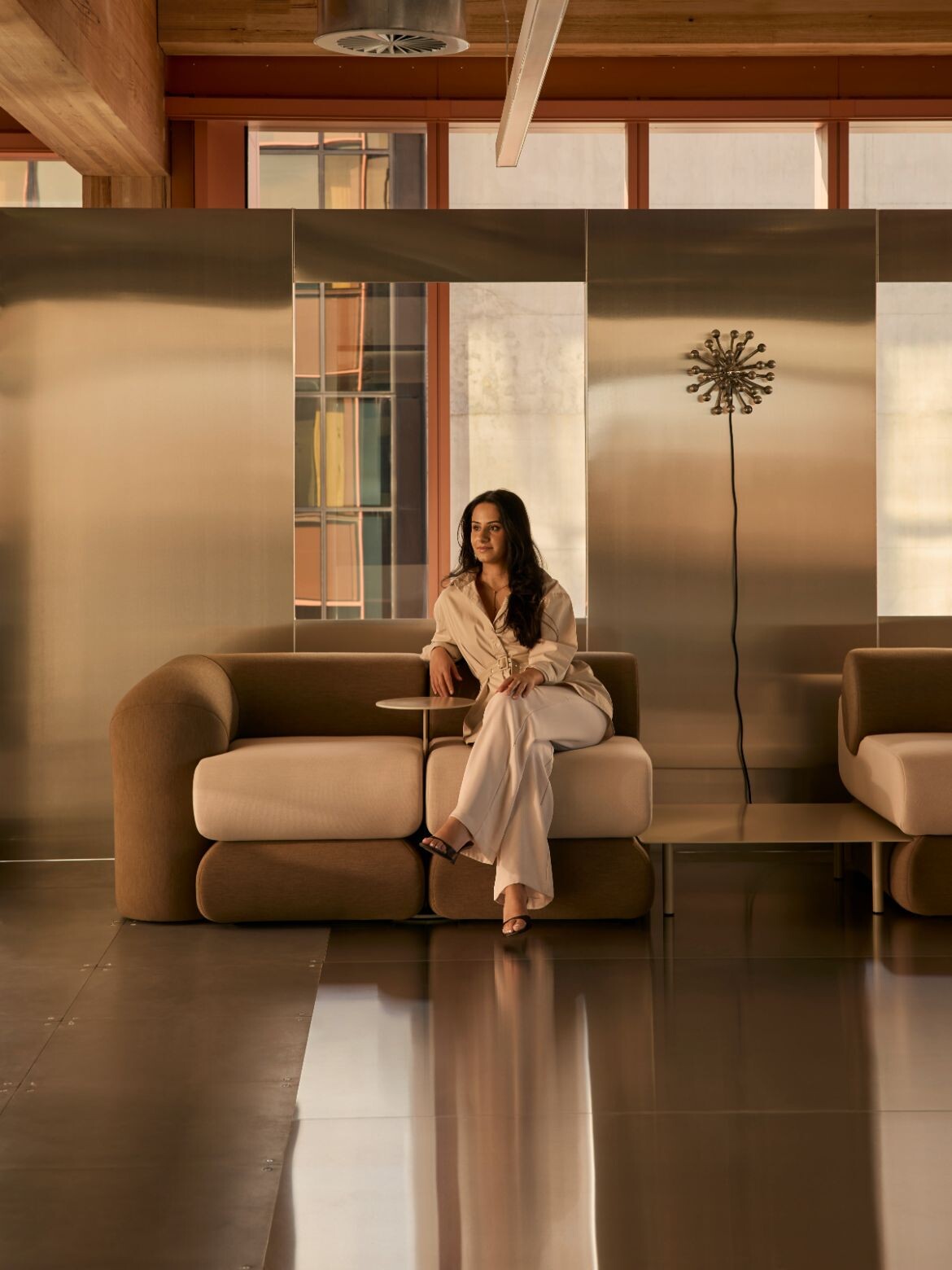
Many of your other designs are more sculptural pieces. What did you find interesting about designing modular furniture?
It was definitely a shift from my usual approach. I tend to lean into organic shapes, asymmetry, and a sculptural sensibility, so working on something as structured and functional as a modular sofa required a different mindset. I had to think more deeply about versatility, how the modules would connect, how they would interact with one another, and how they could adapt to different spaces and needs. It challenged me to consider functionality as a design language of its own, and I found that really rewarding.
Where do you go for design inspiration?
Inspiration often starts with a sketch – loose, intuitive lines that don’t necessarily make sense right away. From there, I like to go for walks and observe the world around me, paying close attention to both the built and natural environment. For this collection in particular, I remember being hyper-aware of patterns: brickwork, pathways, florals, even the cracks in the pavement. I take photos of anything that catches my eye and later return to those images to inform material choices, shapes, and structures. It’s a very intuitive and observational process.

Are there any collections you’d like to draw attention to? What are you currently working on?
The Bloom collection is probably my most significant body of work to date. It’s gained international recognition and was initially developed as a university project. That project ended up launching my career and gave me the foundation to work independently as a designer. Most recently, I’ve created the Pathways cabinet: a continuation of my exploration into form and storytelling through furniture.
What do you do to get away from work, to take a break from design?
I’ve started pottery classes and it’s become my little joy. There’s something so calming about shaping clay and making mugs or bowls for the people I love. Although, if I’m honest, I don’t think I’m very good at switching off completely. Even when I’m making pottery “for fun,” I find myself thinking about glazes or curves or how to tweak a shape just a little more. So I suppose my idea of a break still involves making things and “designing”… just with a bit more mess and a bit less pressure.
Design
Joanne Odisho
Brand
Knotte
Photography
Lillie Thompson, Dave Green, Nic Gossage
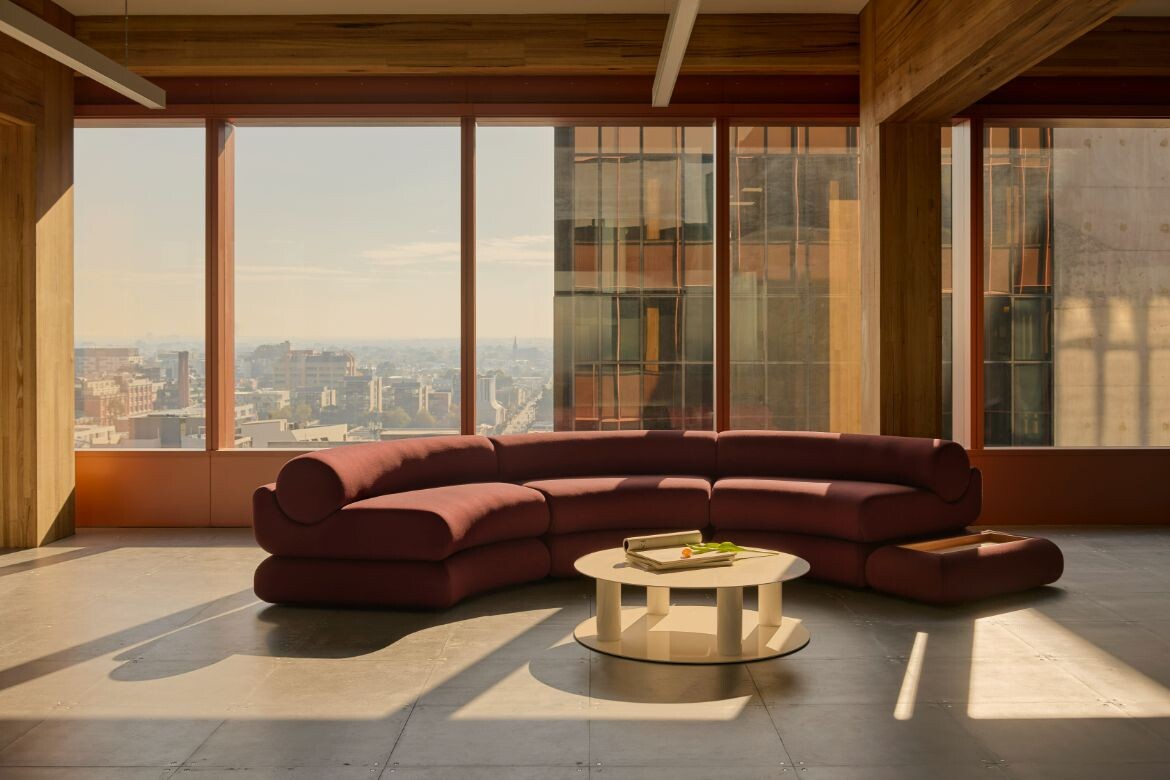
INDESIGN is on instagram
Follow @indesignlive
A searchable and comprehensive guide for specifying leading products and their suppliers
Keep up to date with the latest and greatest from our industry BFF's!
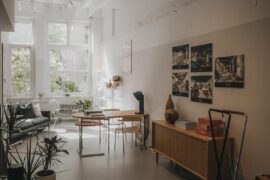
Sydney’s newest design concept store, HOW WE LIVE, explores the overlap between home and workplace – with a Surry Hills pop-up from Friday 28th November.
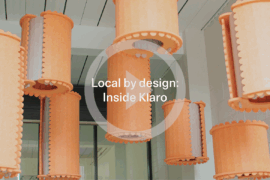
In an industry where design intent is often diluted by value management and procurement pressures, Klaro Industrial Design positions manufacturing as a creative ally – allowing commercial interior designers to deliver unique pieces aligned to the project’s original vision.
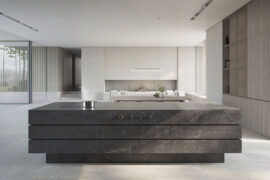
For those who appreciate form as much as function, Gaggenau’s latest induction innovation delivers sculpted precision and effortless flexibility, disappearing seamlessly into the surface when not in use.
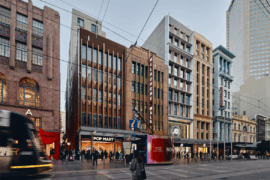
Merging two hotel identities in one landmark development, Hotel Indigo and Holiday Inn Little Collins capture the spirit of Melbourne through Buchan’s narrative-driven design – elevated by GROHE’s signature craftsmanship.

Knoll unveils two compelling chapters in its uncompromising design story: the Perron Pillo Lounge Chair and new material palettes for the Saarinen Pedestal Collection.
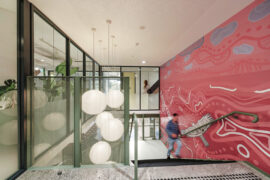
From radical material reuse to office-to-school transformations, these five projects show how circular thinking is reshaping architecture, interiors and community spaces.
The internet never sleeps! Here's the stuff you might have missed

Melbourne-based Studio Edwards has designed Shift+Space, a modular system under the banner of ‘adaptive retail architecture’. Ben Edwards tells us more.

AHEC has produced a documentary exploring forestry and stewardship through long-term forest management and human responsibility.

A research exhibition reimagines St Kilda’s civic spaces through soft infrastructures that enhance wellbeing and urban experience.

The Simple Living Passage marks the final project in the Simple World series by Jenchieh Hung + Kulthida Songkittipakdee of HAS design and research, transforming a retail walkway in Hefei into a reflective public space shaped by timber and movement.